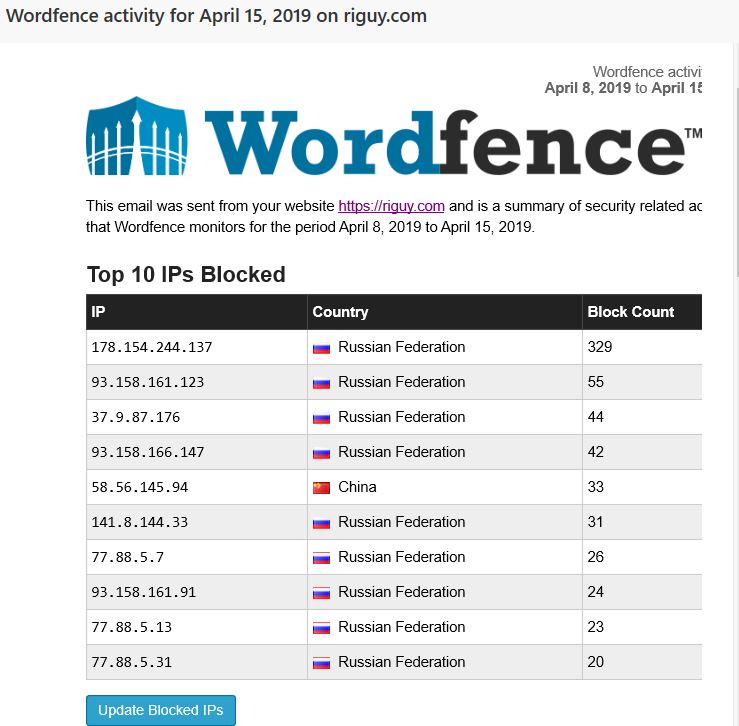This “Check Point” [or “ThreatCloud”] cyber attack map is mesmerizing. It is a live cyber or hack attack map containing oodles of attack lines that follow live, currently in progress cyber attacks. The threat map lists the time, the attack name [or virus or hack type], the source and the intended victim location: the target.
The attacks are unrelenting and endless and the lines are ongoing in this dynamic situation.
One take away I have is that every country in the world can be a cyber target. Likewise, attack sources seem to come from almost anywhere in the world, although ‘botnets’ [a group of secretly hacked, controlled computers] are likely a major factor in this.

Here is the web address for the live map:




